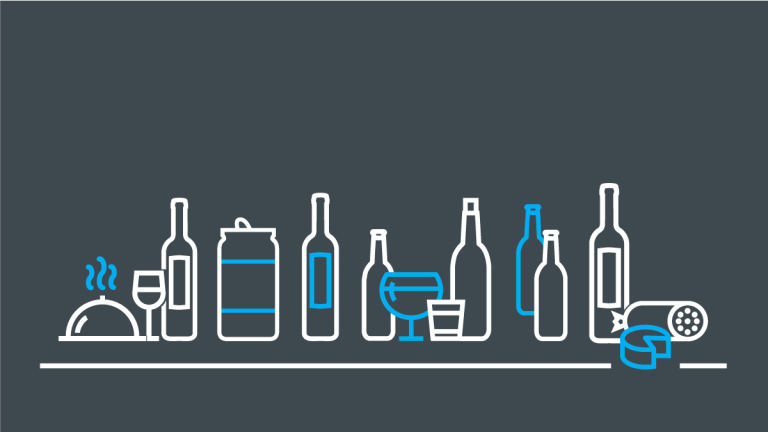February TV engagement always lags January, which shines as the heaviest viewing month of the year. This year was no exception, despite the trifecta of the Super Bowl, the Winter Olympics and the increased demand for news of Russia’s invasion of Ukraine late in the month. January 2022 was a five-week month, including the heavy usage week right after Christmas, which amplified its TV viewing prowess, resulting in an even bigger dip in February 2022 TV viewing than average: viewing was down 5.7% from January, below the 5% average over the past five years.
As the cornerstone of many living rooms around the world, the TV set remains a fixture for media consumption. That consumption, however, looks much different than it did a few years ago. Just as it has in the U.S., the market where Netflix was born, connected TV (CTV) adoption and streaming enablement are redefining how global consumers are spending their TV time. In aggregate, linear television remains the best way to reach mass audiences, but reach levels are dropping between 2% and 3% each year as viewing behaviors fragment across the growing variety of streaming content.
Amid the massive disruption that the COVID-19 pandemic has caused, a new global media landscape is emerging—and it’s digital. The pandemic is far from over, and we will feel its effects for years to come, but the resilient media industry is bouncing back, with certain constituents pulling out ahead of others. Marketing and ad spend are good barometers for measuring the overall health of the industry, and Nielsen Ad Intel data shows just what a turn-around the industry has made over the past 12 months.
E-commerce and omnichannel shopping were not born out of the pandemic, but the arrival of COVID-19 accelerated these trends in ways that would have likely taken decades otherwise. The pandemic also didn’t conceive convenience, or inspire customers to demand it, but it did shine a light on how important it is in everyday life—particularly in a global health crisis. Now, as consumers resume many of their pre-pandemic activities, retailers need to remain focused on convenience—even as consumers leave the comfort of their homes.
A much more discerning grocery shopper is emerging in the wake of initial widespread panic-buying sparked by COVID-19 this past spring that led consumers to disregard prices and stock up on products and ingredients required to prepare the entirety of their family meals at home.
In more ways than have yet to be realized, the novel coronavirus (COVID-19) pandemic has changed the day-to-day lives of nearly every consumer the world over. This is especially true for office workers with traditional nine-to-five day jobs, where in-person meetings were the standard and the dress code called for something more formal than leisurewear.
By successfully carving out its own identity, hard seltzer poses a threat to traditional FMB and core beer options, and even the broader alcohol category, largely because overall alcohol budgets and tolerances are finite. In comparing March and April 2020 with the same two months in 2019, hard seltzer buyers decreased their share of spending on beer and wine, with beer losing 5.6 share points and wine losing 4 share points among this consumer group, while spirits were relatively unaffected.
The impact within the U.S. pet retail industry has been substantial, with sales numbers fluctuating at historic proportions. During the month of March, as shelter-in-place orders went into effect across the U.S., pet owners rushed to load-up their pantry with essential pet food and supplies. Sales numbers skyrocketed during the second and third week of March, netting 40% and 51% growth, respectively.
A Nielsen investigation has identified six key consumer behavior threshold levels that tie directly to concerns around the novel coronavirus (COVID-19) outbreak. The thresholds offer early signals of spending patterns, particularly for emergency pantry items and health supplies, and we are seeing these patterns being mirrored across multiple markets.
As the country emerges from over a month of restricted living, questions now arise around how and when consumers’ lives will return to normal in the near future. Faced with uncertainty about the future, advertisers and marketers have exercised caution and are closely scrutinising their spend and activities to ensure their people and businesses remain viable once life returns to normal.















